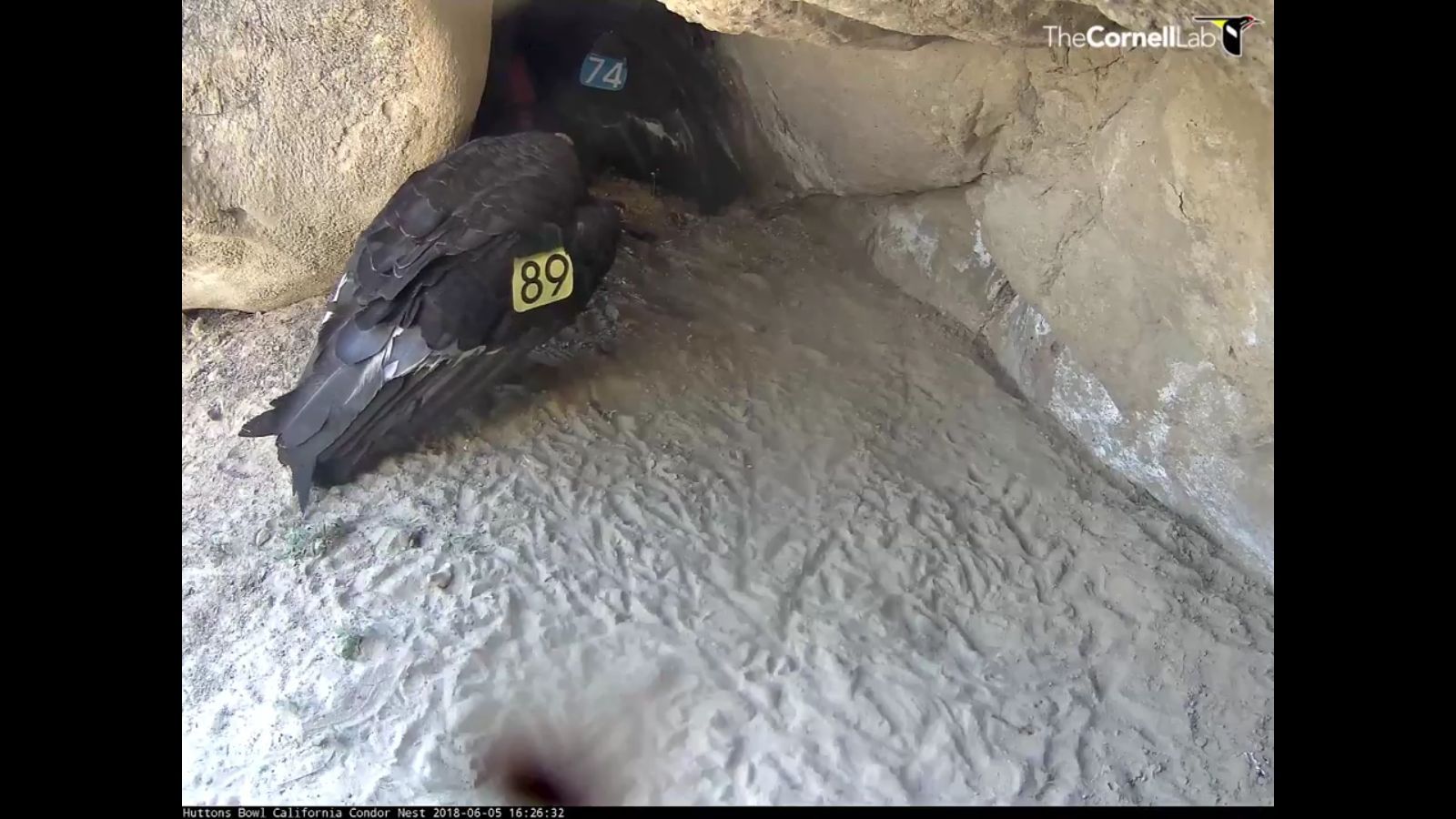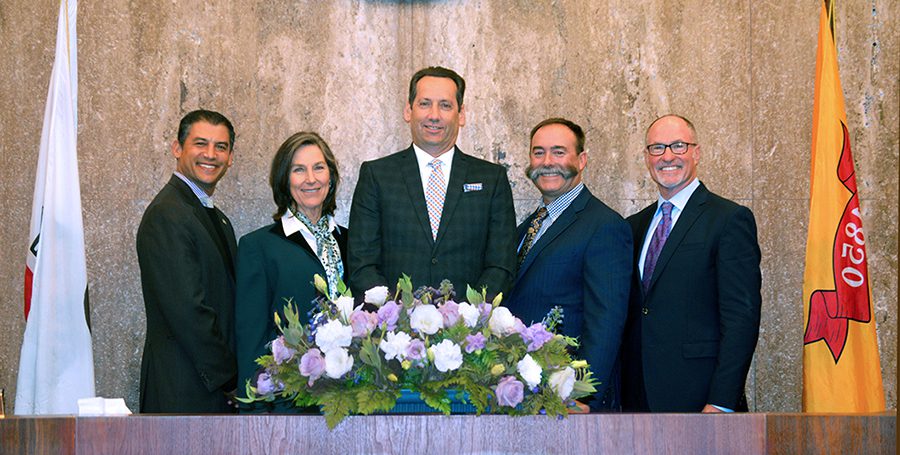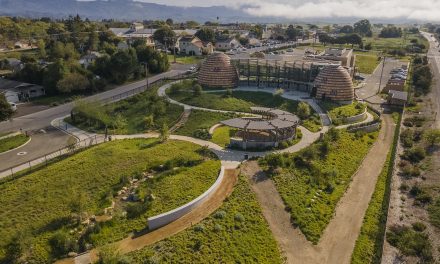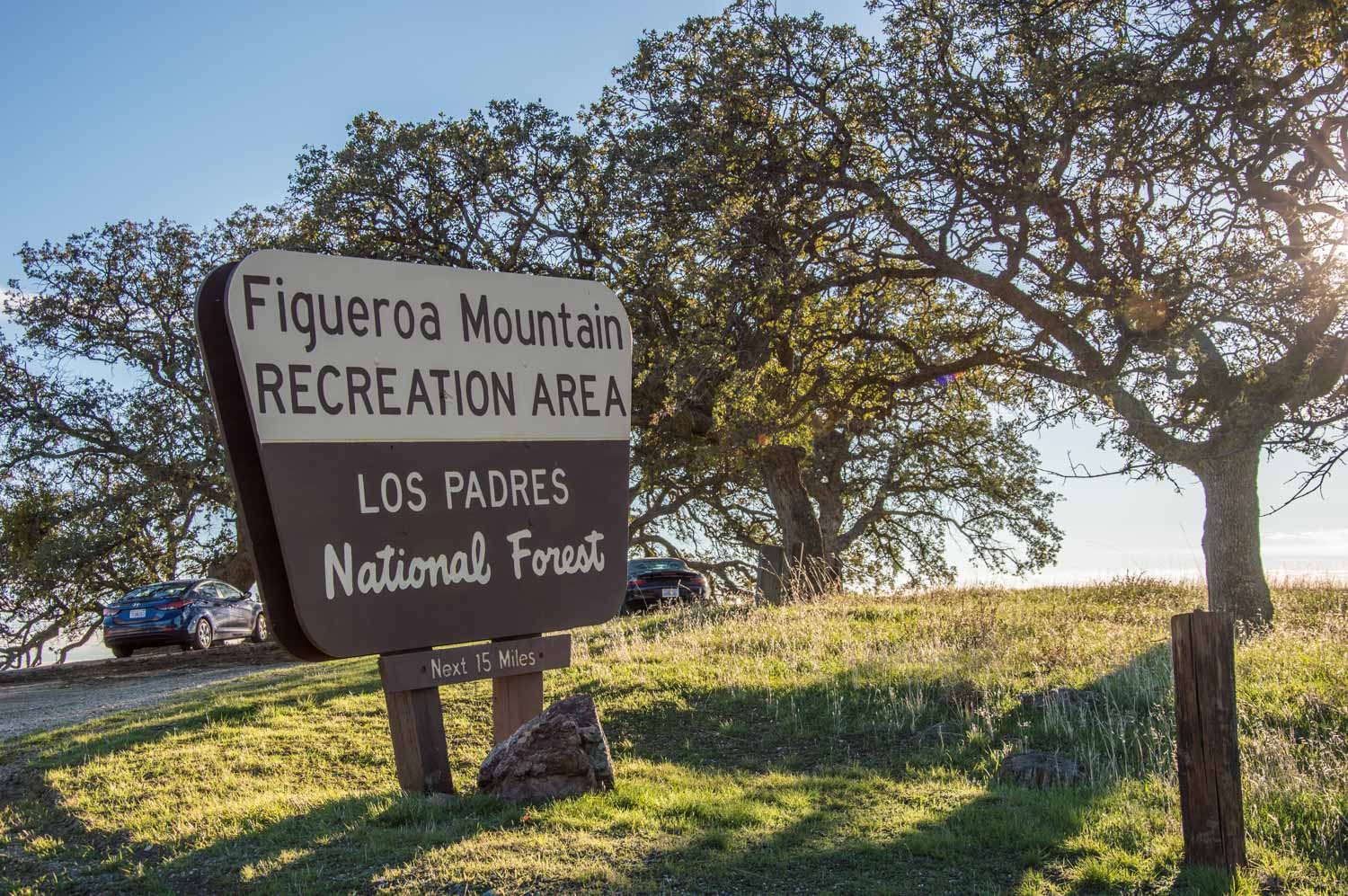By Robyn Gerstenslager
U.S. Fish and Wildlife Service
People across the world can get an up-close-and-personal view of an endangered California condor chick through livestreaming video of a nest near the U.S. Fish and Wildlife Service’s Hopper Mountain National Wildlife Refuge in Ventura County.
The chick and its parents make up one of the 12 California condor nests in the mountains of Ventura, Santa Barbara and Kern counties — the highest number of nests ever recorded in southern California.
“Not only do we have more nests, but they are also spread out across a broader area, indicating that California condors continue to expand back into parts of their historic range,” said Molly Astell, wildlife biologist with the service’s California Condor Recovery Program.
The Condor Cam website is at www.allaboutbirds.org/condors.
“Until now, only a handful of biologists had the privilege to observe wild condor nests,” said Estelle Sandhaus, Santa Barbara Zoo’s director of conservation and science.
“They had to trek into the remote backcountry and wait for days, sometimes weeks, at observation blinds located hundreds of feet from the nests to catch a glimpse of the birds,” she said.
“Today’s technology allows researchers like us to observe a number of nests with high precision, and in high def. That enables more efficient nest management and research for us, and allows anyone with an Internet connection to share in the excitement of scientific discovery,” she said.
California condor chick No. 923 hatched on April 6 and is being raised by 16-year-old female condor No. 289 and 13-year-old male condor No. 374.
This is the pair’s first year on the livestreaming Condor Cam and is their first attempt at raising a chick together, though both previously nested with other condors in the past.
The chick’s father has fledged three other chicks in the past with two previous mates. The mother has fledged one chick previously and has nested with three other mates.
Followers of the California Condor Cam watched a chick hatch live in the wild for the first time in history from a cliffside nest at Hopper Mountain National Wildlife Refuge in 2015.
Since then, livestreaming video of California condor chicks at the refuge have gained worldwide attention with nearly 2 million views from more than 190 countries and 34 million minutes, or 65 years, of watch time.
The Hutton’s Bowl Condor Cam is made possible through access provided by private landowners, and through the financial and technical support of the U.S. Fish and Wildlife Service, Santa Barbara Zoo, Cornell Lab of Ornithology, the Western Foundation of Vertebrate Zoology, Disney Conservation Fund, and Friends of California Condors Wild and Free.
In California, wild condors are found in the mountains of Santa Barbara, San Luis Obispo, Ventura, Monterey, San Benito, Los Angeles and Kern counties, and most recently in the western foothills of the Sierra Nevada Mountains in Tulare and Fresno counties.
In 2017, California condors were spotted roosting in the western Sierras for the first time in nearly 40 years.
The number of California condors dropped dramatically in the mid-20th century, leading the Fish and Wildlife Service (FWS) to designate the species as endangered under the Endangered Species Act. By 1982 there were only 22 of the iconic birds left in the wild.
Today, due to intensive, continuing captive breeding and recovery efforts led by the FWS in conjunction with multiple public and private partners, the California condor population has grown to some 470 birds worldwide, with more than half of the population flying free.
To watch the Condor Cam, visit www.allaboutbirds.org/condors.
For answers to frequently asked questions about the nest cam, the parents and the chick, visit www.fws.gov/cno/es/CalCondor/CondorCam.html







